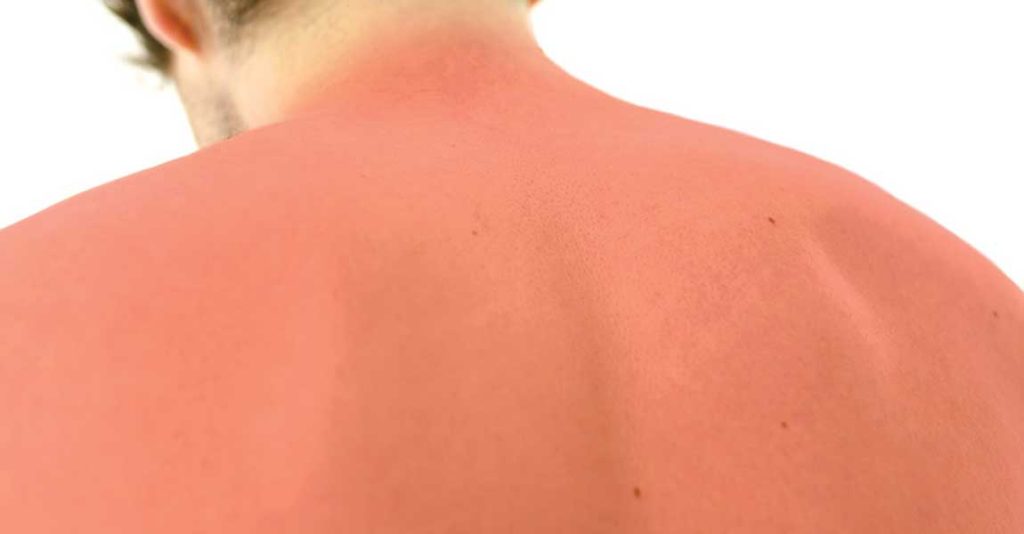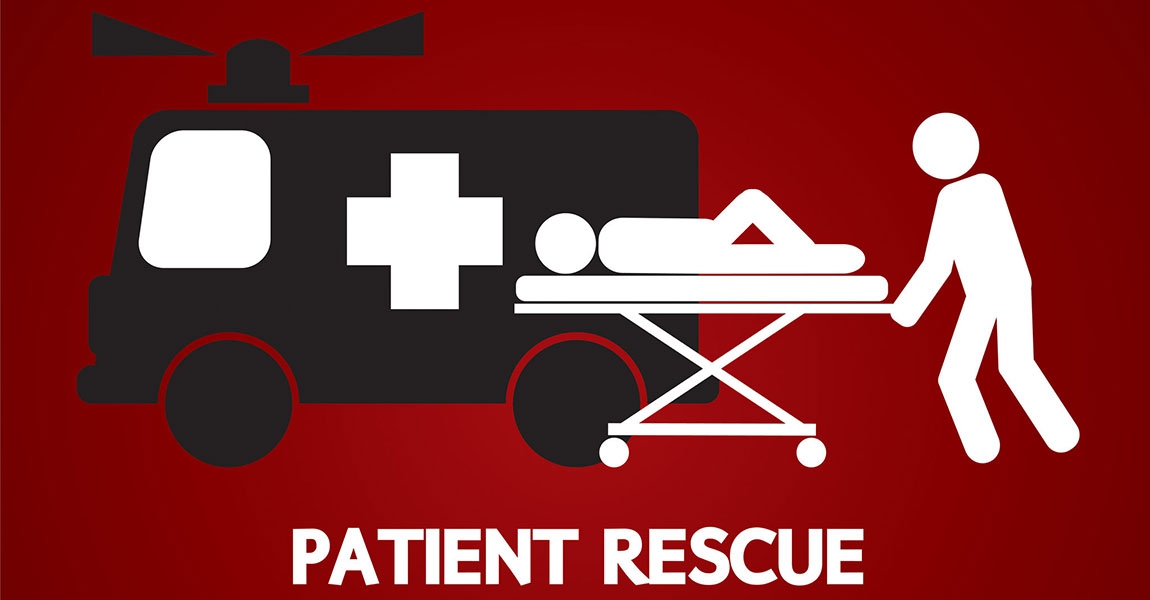
Burns – some sensible advice
Home > Health Info > Health Articles

We have all experienced a burn at some stage. Be it from touching the sole plate of the iron during ironing, inadvertently unscrewing the radiator cap of the car, getting splashed with hot oil while cooking, there are many burn hazards out there.
The treatment depends upon the severity of the burn and we classify burns as first-degree, second-degree and third-degree.
This is how we work out which degree applies:
1st-degree burn
These are least serious burns in which only the outer layer of skin is burned, but not all the way through.
The signs and symptoms are:
The skin is usually red
Often there is swelling
Pain sometimes is present
Treat a first-degree burn as a minor burn unless it involves substantial portions of the hands, feet, face, groin or buttocks, or a major joint, which requires emergency medical attention.
2nd-degree burn
When the first layer of skin has been burned through and the second layer of skin (dermis) also is burned, the injury is called a second-degree burn.
Signs and symptoms:
Blisters develop
Skin takes on an intensely reddened, splotchy appearance
There is severe pain and swelling.
If the second-degree burn is no larger than 8 centimeters in diameter, treat it as a minor burn. If the burned area is larger or if the burn is on the hands, feet, face, groin or buttocks, or over a major joint, treat it as a major burn and get medical help immediately.
For minor burns, including first-degree burns and second-degree burns limited to an area no larger than 8 centimeters in diameter, take the following action:
Cool the burn. Hold the burned area under cool (not cold) running water for 10 or 15 minutes or until the pain subsides. Cooling the burn reduces swelling. Don’t put ice on the burn.
Cover the burn with a sterile gauze bandage. Wrap the gauze loosely to avoid putting pressure on burned skin. Bandaging keeps air off the burn, reduces pain and protects blistered skin.
3rd-degree burn
The most serious burns involve all layers of the skin and cause permanent tissue damage. Fat, muscle and even bone may be affected. Areas may be charred black or appear dry and white.
Caution, don’t use ice. Putting ice directly on a burn can cause a person’s body to become too cold and cause further damage to the wound.
Don’t apply egg whites, butter or ointments to the burn. This could cause infection. Don’t break blisters. Broken blisters are more vulnerable to infection.
Don’t remove burned clothing.
Don’t immerse large severe burns in cold water. Doing so could cause a drop in body temperature (hypothermia) and deterioration of blood pressure and circulation (shock).

Share :



